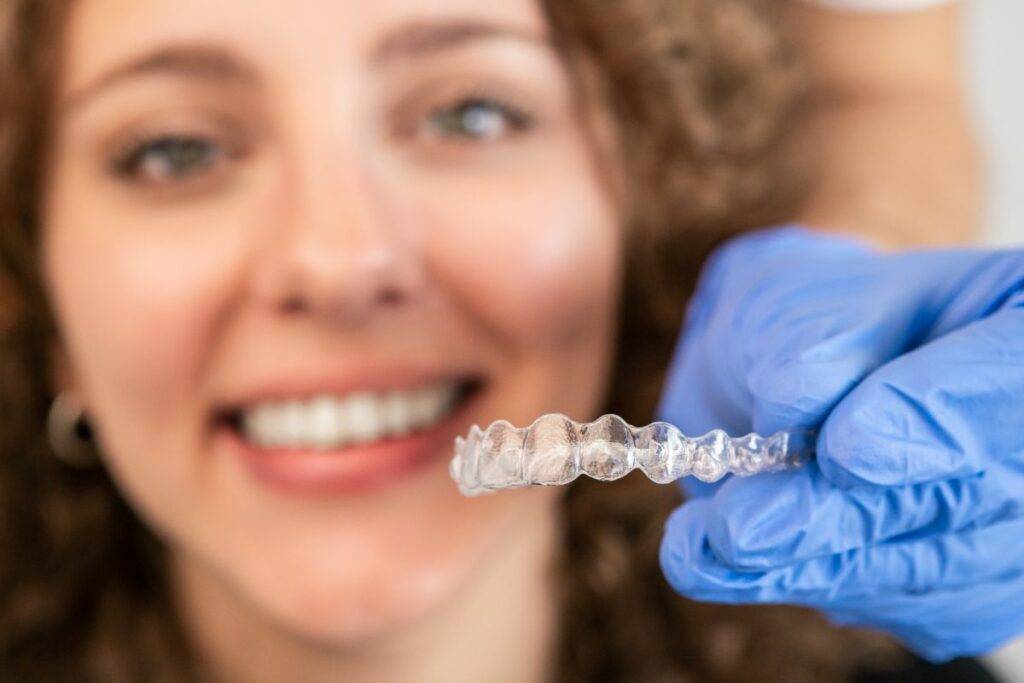Temporomandibular joint (TMJ) disorders are conditions affecting the joints and muscles responsible for jaw movement. These disorders can cause significant discomfort and impair daily activities such as eating and speaking.
While orthodontics is often associated with aligning teeth and enhancing smiles, it also plays a crucial role in addressing TMJ disorders.
Understanding the connection between orthodontics and TMJ disorders can help patients seek appropriate treatments to alleviate pain and improve their quality of life.
The temporomandibular joints, located on each side of the head, connect the jawbone to the skull and act as sliding hinges, allowing the jaw to move up and down and side to side.
TMJ disorders can arise from various factors, including jaw injury, arthritis, chronic teeth grinding or clenching (bruxism), misaligned bites, and increased stress levels. Symptoms of TMJ disorders include jaw pain or tenderness, difficulty chewing, clicking or popping sounds when opening or closing the mouth, headaches, and facial pain.
Orthodontics plays a significant role in managing and treating TMJ disorders, primarily by addressing malocclusions or misaligned bites. Malocclusions can contribute to TMJ strain by causing the jaw to function improperly, leading to muscle fatigue and joint pain.
Orthodontic treatments such as braces or clear aligners can correct these bite issues, thereby reducing the stress on the TMJ and alleviating associated symptoms. Proper alignment of the teeth and jaw ensures that the bite is evenly distributed, minimizing undue pressure on the TMJ and surrounding muscles.
Additionally, orthodontists can design custom-made oral appliances, such as splints or night guards, to prevent teeth grinding and clenching, common contributors to TMJ disorders. These devices help reposition the jaw and provide a cushioning effect, reducing the strain on the TMJ during sleep.
For patients undergoing orthodontic treatment, orthodontists may also recommend specific exercises to strengthen the jaw muscles and improve overall jaw function.
Stress management is another important aspect of addressing TMJ disorders. Since stress can exacerbate jaw clenching and tension, orthodontists often collaborate with other healthcare professionals to develop comprehensive treatment plans that include stress reduction techniques, physical therapy, and lifestyle modifications.
Orthodontic interventions not only provide relief from TMJ symptoms but also improve overall oral health and function. Correcting bite issues can lead to better chewing efficiency, reduced wear on the teeth, and enhanced oral hygiene.
Furthermore, addressing TMJ disorders through orthodontics can prevent the progression of more severe jaw issues and improve a patient’s overall quality of life.
In summary, the connection between orthodontics and TMJ disorders highlights the importance of a comprehensive approach to dental and jaw health.
Orthodontic treatments can effectively address the underlying causes of TMJ disorders, providing relief from pain and improving jaw function. By seeking orthodontic care, patients with TMJ disorders can achieve better oral health and a higher quality of life.


